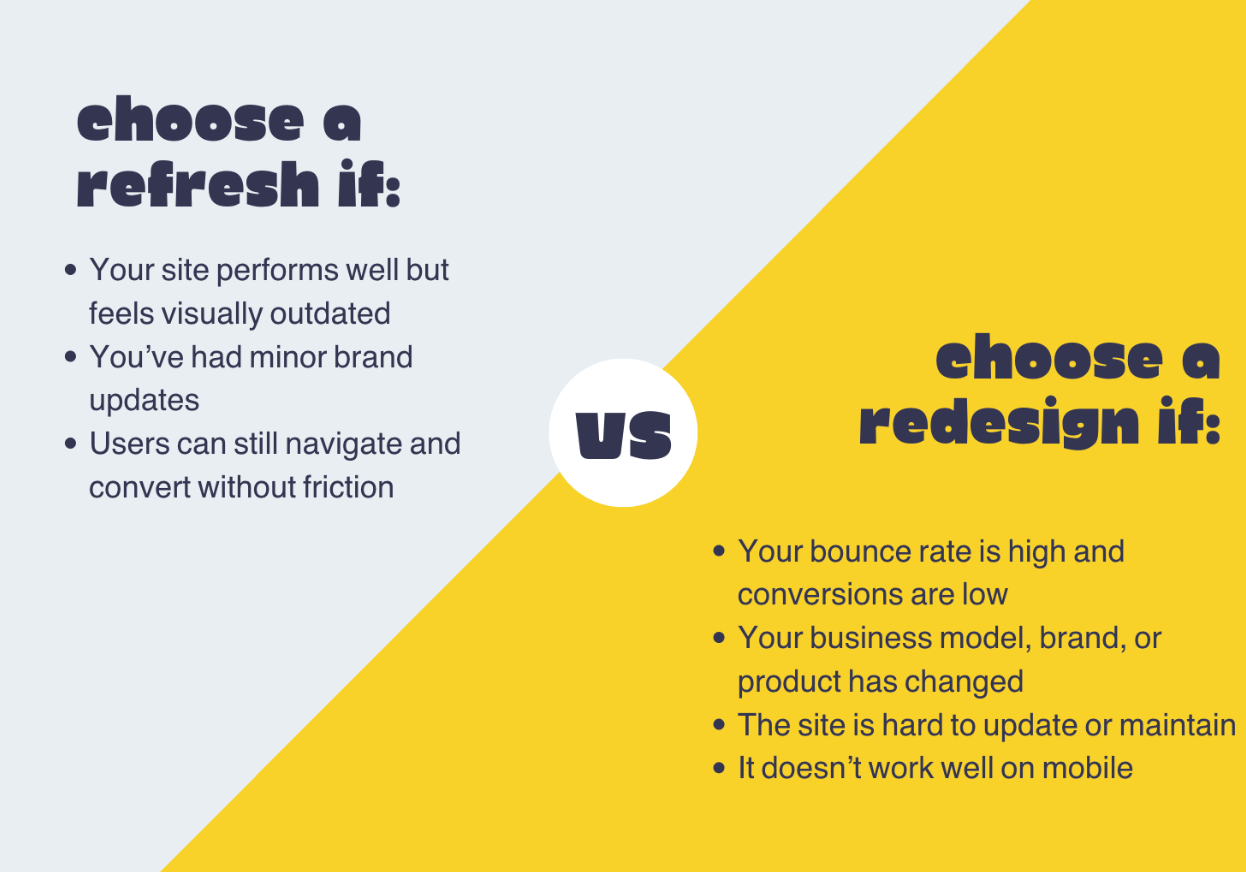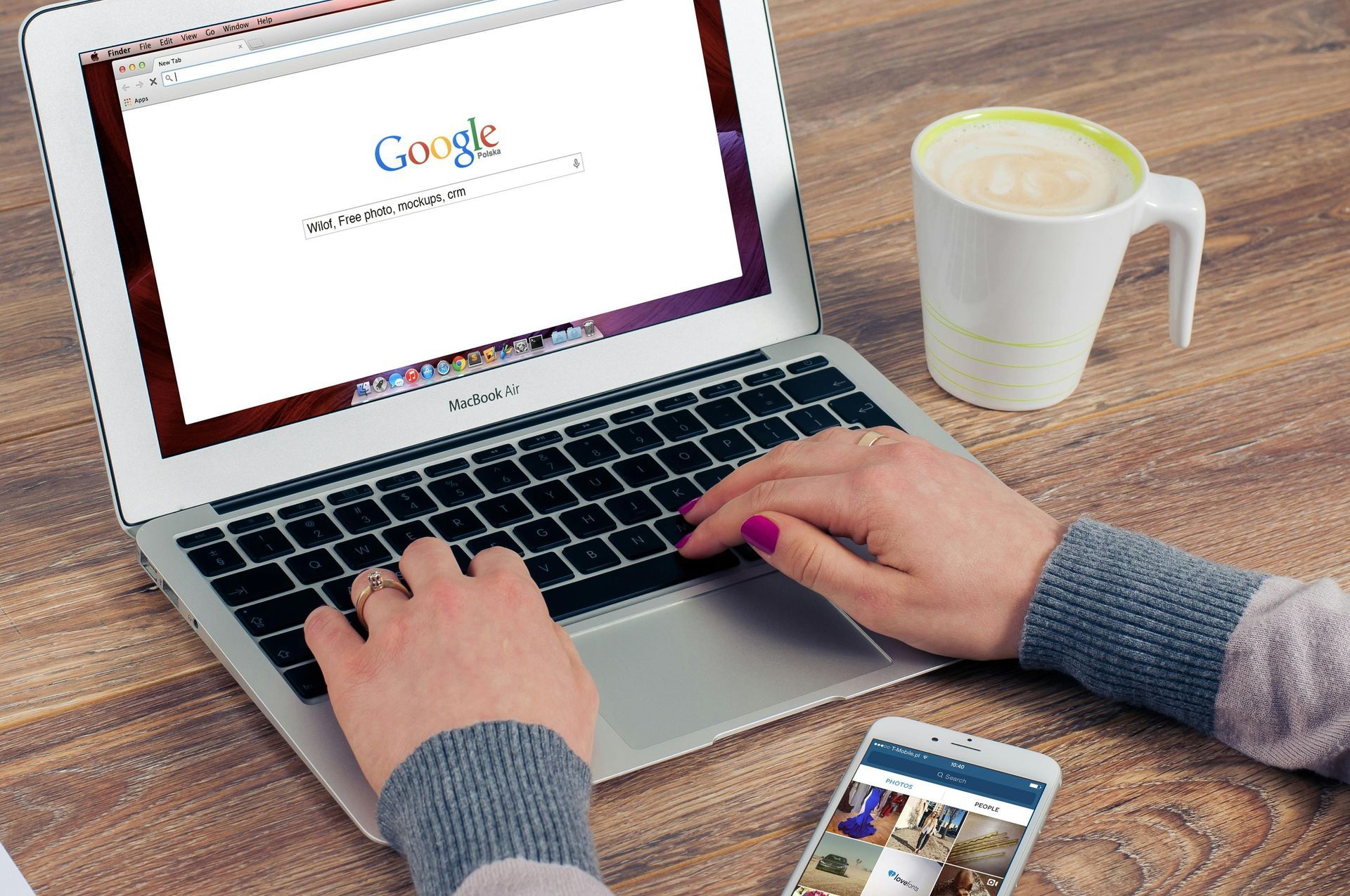How to Design a Logo from Start to Finish
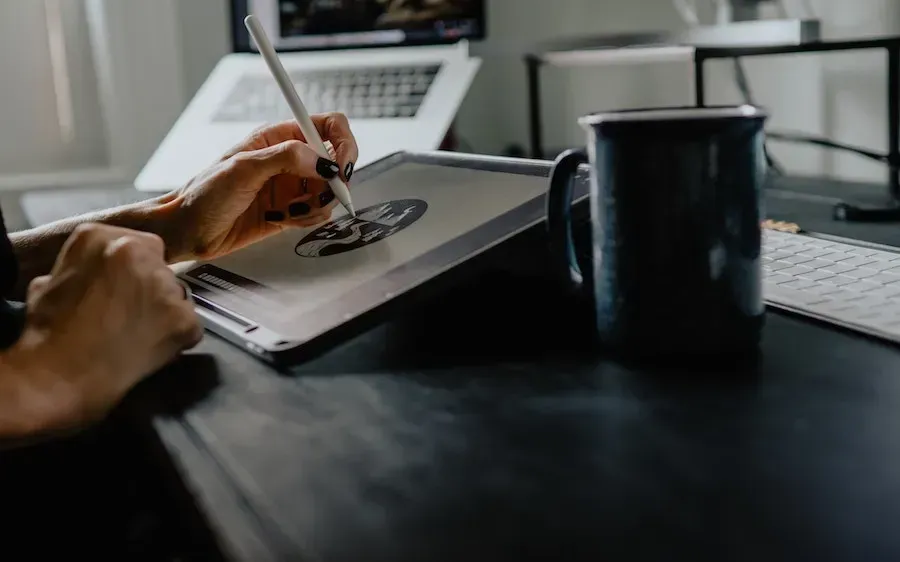
Most people agree that a well-designed logo can work wonders for a brand, leaving a lasting impression on customers. So, if you’re itching to create a logo that stands out from the crowd, you’ve come to the right place. In this article, we’ll delve into the nitty-gritty of how to design a logo from start to finish, guiding you through each step, from brainstorming ideas to delivering the final product. Buckle up, and let’s embark on this exciting design adventure!
Research and Inspiration Before You Start to Design a Logo
Before diving headfirst into design, laying a solid foundation is crucial. Understanding the brand’s core values will be central to any successful marketing campaign. What message does the brand want to convey? Who is the target audience? Next, get a handle on what competitors are doing and explore the market landscape. This research will help you identify gaps and opportunities, setting the stage for a truly outstanding concept. While at it, gather inspiration from various sources—books, websites, nature, or even a stroll through the city. Let your creative juices flow!
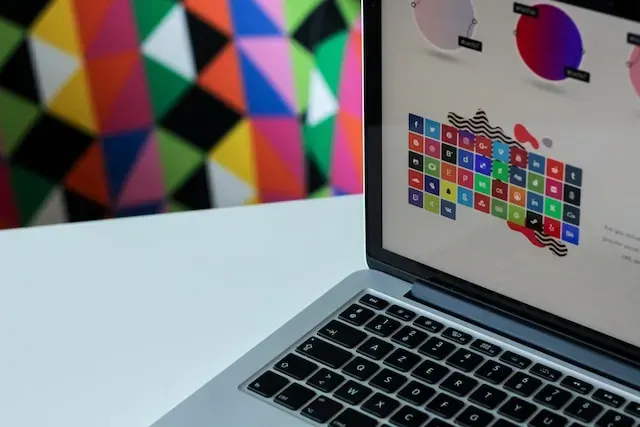
Brainstorming and Concept Development
When you are in the brainstorming phase, you should remember that there are no bad ideas, so go ahead and unleash your imagination! Grab a pen and paper and start mind mapping. Jot down every logo idea that comes to mind—no matter how wacky or outlandish. You never know which idea will strike gold! Once you’ve got a cluster of ideas, start sketching your concepts. Don’t worry about perfection just yet; this stage is about capturing your ideas’ essence on paper. Explore different styles, experiment with shapes, and play around with symbolism.
Digital Design Tools and Software
Now that you’ve sketched your concepts, it’s time to bring them to life in the digital realm. Get cozy with design software like Adobe Illustrator or Sketch, whichever tickles your fancy. These tools are the bread and butter of logo design. Take some time to acquaint yourself with the software’s features and functions. The design process will become much smoother once you’re comfortable with these tools. However, if you want to master graphic design for business, you should also have a solid understanding of web design to create a unified look for the brand.
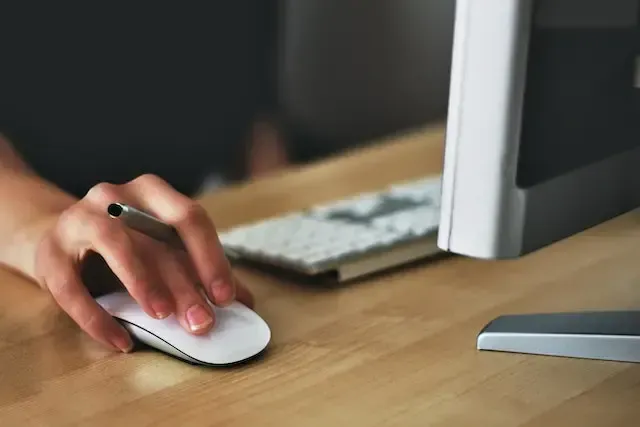
Creating the Initial Design
It’s time to get your hands dirty (figuratively, of course). Transfer your sketched concepts to the digital medium using the software of your choice. Play around with colors and palettes until you find the perfect match for your brand. Typography also plays a crucial role in logo design, so experiment with different fonts that complement your design. Remember, the key here is to balance simplicity and impact.
Iterative Design Process
Seek input from others, whether it’s your friends, colleagues, or even your grandma’s neighbor’s cat. Collect their thoughts and opinions on your design, and don’t fear constructive criticism. This phase is all about refining your work based on the feedback received. Tweak and adjust until you hit the sweet spot that satisfies both your artistic vision and the expectations of your client or stakeholders.
While it is good to get advice and feedback, you should also know when not to listen to it. As a professional digital marketing company, we’ve worked with various clients. If you are just starting, you probably won’t have experience guiding clients to the perfect solution for their needs. When you design a logo for a client, you should remember that they may add suggestions and ask for changes well into the design process. Limiting the amount of feedback or the number of changes they can request would be a good idea.
Finalizing the Design
Now that you are nearing the finish, it’s time to pay attention to the details. Fine-tune the balance, proportion, and alignment of your logo. Test it across various mediums and sizes to ensure it remains legible and visually appealing. Think about the future—your logo should be scalable and adaptable to different scenarios. Whether plastered on billboards or squeezed onto a tiny social media profile picture, your logo should shine!
Nowadays, most company logos appear online in browser searches and websites. However, most users will access the website through their smartphones, meaning the image needs to look good even when scaled down. If you are changing the size of a logo in WP, there are several easy ways to resize it. Experiment with the initial design until you find something recognizable regardless of size.
Delivering the Final Product
Once the final design is in place, you must package and deliver your logo to your client or stakeholders. Prepare the image in different file formats, such as vector (EPS, SVG) and raster (JPEG, PNG), to accommodate various usage scenarios. Include guidelines and documentation that outline how to use the logo effectively. That will ensure consistency and maintain the integrity of your design. Present the final product with pride, knowing you’ve created something remarkable.

Tips for a Memorable and Impactful Logo
Now, let’s sprinkle some extra sparkle on your logo design journey. Here are a few handy tips to make your logo truly shine:
- Keep it simple and timeless: Remember, less is more. Aim for simplicity, as clean and uncomplicated logos tend to leave a lasting impression. Avoid trendy elements that may quickly become outdated.
- Incorporate symbolism and storytelling: A great logo tells a story. Consider incorporating symbols or visuals that reflect the brand’s values or unique selling points. A well-crafted story can create a deeper connection with your audience.
- Strive for uniqueness and originality: In a sea of logos, it’s crucial to stand out. Avoid clichés and generic designs. Instead, seek inspiration from unusual sources and put your twist on it. The goal is to create a logo that’s instantly recognizable and unforgettable.
In Conclusion
We’ve covered the entire process of how to design a logo from start to finish, ranging from research and brainstorming to final delivery. Design is an art form that requires a careful balance of creativity, strategy, and meticulous attention to detail. By following these steps and incorporating your unique style, you’ll be well on your way to creating a logo that captivates hearts and minds. Prepare to leave a lasting impression and make your mark in the design world. Remember, every great design starts with a single stroke of inspiration.

